Bruce McLaren - Born to race
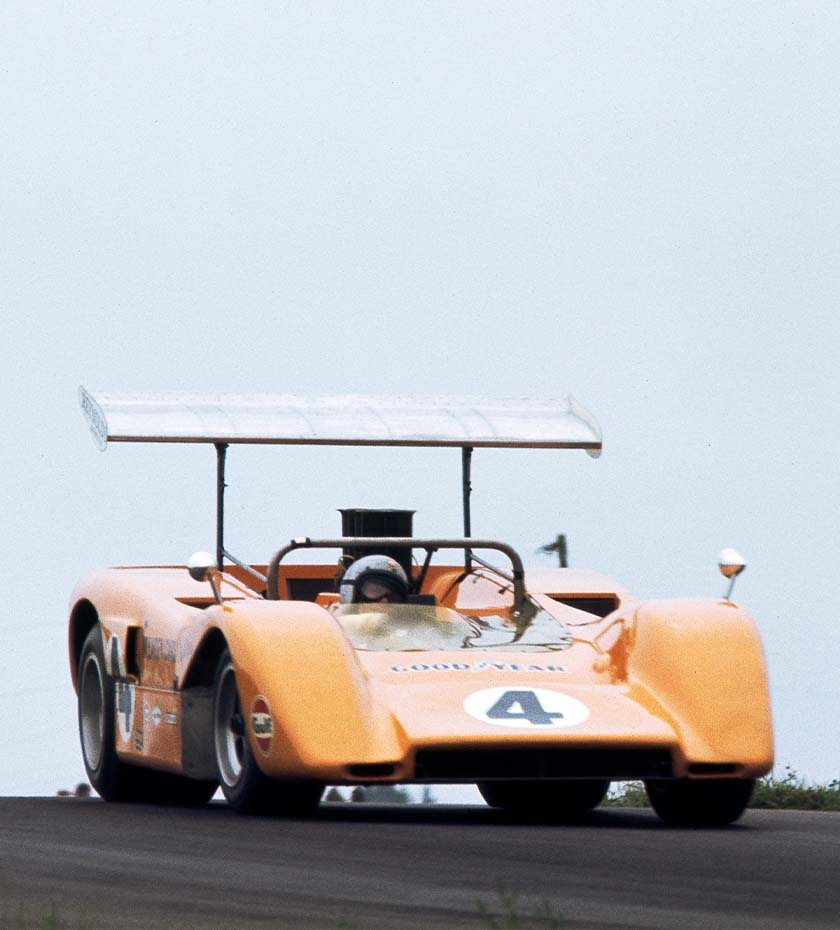
Car manufacturers typically start by developing and designing a popular car that resonates well with consumers. And once the success is secured, they optimize the car's features and send it out onto racetracks around the world. As a highly effective marketing tool. But the British McLaren Racing team chose a different path.
In fact, McLaren took the completely opposite approach. First, they created success on the racetracks. Then came the cars that automotive enthusiasts could buy—if they had the money, at least. This was in the early 1980s. Today, we’re talking about true supercars that easily cost in the double-digit millions. Although McLaren released its first 'more affordable' sports car in 2019, a Danish buyer still needs to be able to put around 4.5 million kroner on the table, including Danish taxes.
But it is precisely this distinction between 'Racing First' and mass production of cars that sets McLaren apart from other manufacturers. And when they finally began producing commercially available cars, they approached it in the only way they knew: phenomenal innovation, groundbreaking technology, and an insatiable desire to create the best cars.
Since the design of the first car approved for public roads in 1992, McLaren has maintained its position as a titan in the supercar industry. To understand why McLaren is one of the most recognized and beloved brands in a highly competitive market, it makes sense to look back at the beginning of this incredible racing story.
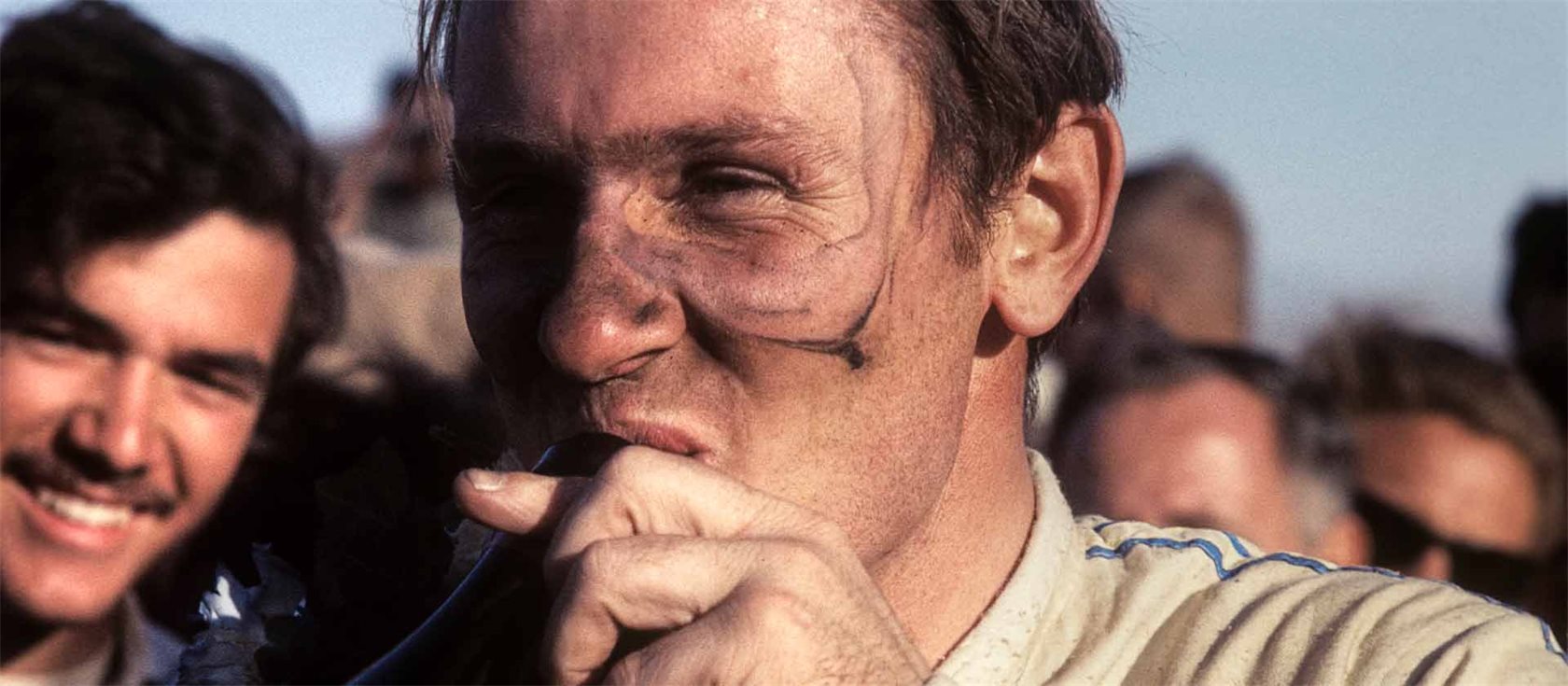
A Racing Legend is Born
The story of McLaren dates back to 1937, when Bruce McLaren was born in Auckland, New Zealand. His parents owned a gas station, so his early life was dominated by cars, engineering, and the smell of gasoline. He quickly developed an understanding of cars. He participated in and won his first competition—a short, intense race up a hill—at just 15 years old.
After showing serious potential on the New Zealand motorsport scene, Bruce traveled to the UK in 1958 as part of an exchange program called 'Driver to Europe', where he helped drivers from Australia and New Zealand break into the competitive European racing scene. Within a year of his arrival, he secured his first Formula 1 victory: the 1959 US Grand Prix. At just 22 years old, Bruce McLaren became the youngest Formula 1 race winner in history, a record that would stand for the next four decades.

In 1963, while continuing to race successfully in Formula 1 for the Cooper Factory F1 team, he formed his own team: Bruce McLaren Motor Racing Limited. The team did not immediately enter F1 but instead raced in the Austral-Asian Tasman Series, which Bruce won in 1964.
Bruce left Cooper at the end of the 1965 season as their winning streak became less frequent. McLaren Racing made its Formula 1 debut in 1966, establishing one of the most viable dynasties in motorsport history.
While the team competed in Formula 1, it also raced in the Canadian-American Can-Am series, which they dominated throughout the 1960s. Unlike Formula 1, Can-Am placed fewer restrictions on manufacturers, allowing for rapid innovation and new technology. In total, the McLaren racing team won 43 Can-Am races and gained immense support from American and Canadian motorsport fans.
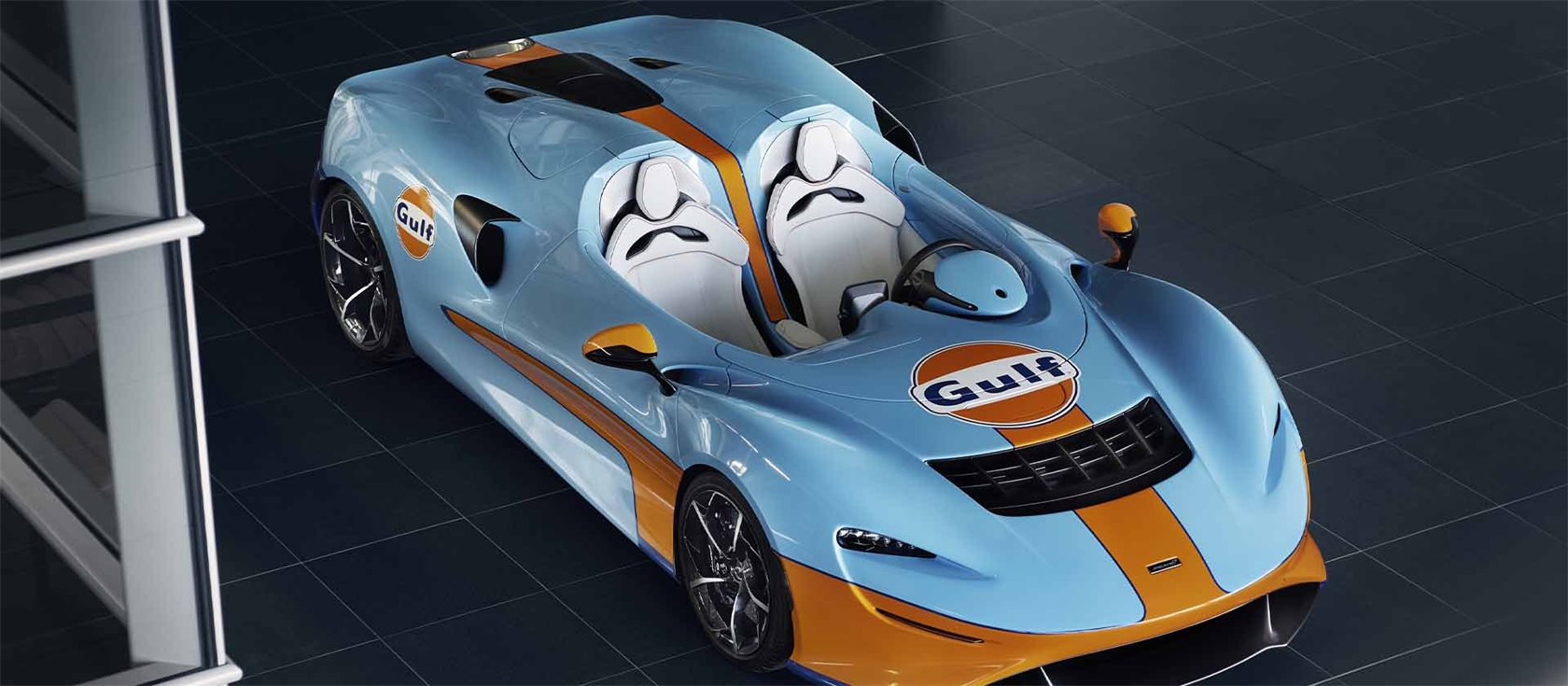
Fatal Accident
But it was also a time when development sometimes moved a bit too fast. In 1964, Bruce McLaren's friend and business partner, Timmy Mayer, was killed in a race in Tasmania at just 26 years old. However, this did not deter Bruce McLaren from pursuing his passion for racing. Tragically, this had consequences. In 1970, a fatal accident during a test drive at Goodwood Circuit in England ended Bruce McLaren's life.
A part of the spoiler structure on his new McLaren M8D racer failed, causing him to lose the aerodynamic downforce necessary to control the car at high speed. The car skidded off and hit a concrete bunker. The legacy of his fearless competitiveness and determination to succeed continues with McLaren's story to this day.
That motorsport was associated with danger did not scare Bruce McLaren. He lived and breathed his sport and for building new, fast cars.
Author Eoin Young believes that Bruce McLaren wrote his own epitaph in his book *From the Cockpit* (1964) when he described his feelings about his friend Timmy Mayer's death: "The news of his death was an awful shock to us all, but who can say that he had not seen more, done more, and learned more in his few years than many people do in a whole lifetime? To do something worthwhile is so much worth the effort that it cannot be foolhardy to die while trying to make it better. It would be a waste of life not to do something with one's abilities, for I feel that life is measured in achievements, not in years alone."
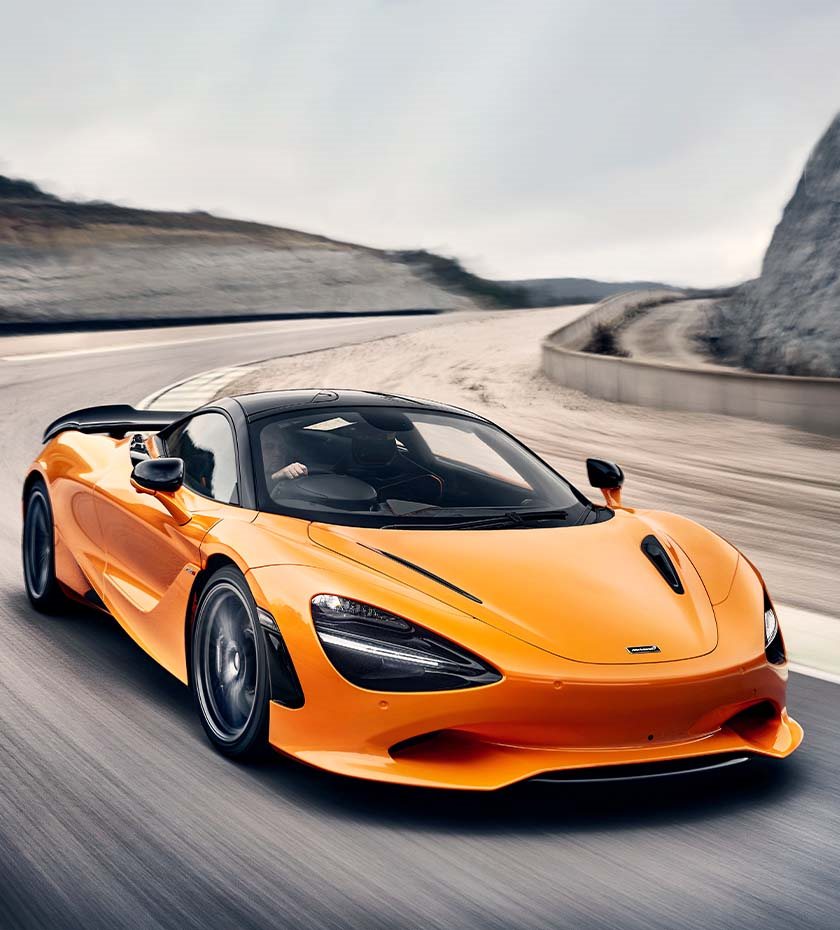
The McLaren Success
In the 1970s and 80s, McLaren Racing achieved great success in Formula 1 with some of the biggest names to ever grace the sport. In 1974, the team won its first drivers' and constructors' championship with Emerson Fittipaldi at the wheel of his McLaren M23.
In 1976, McLaren triumphed in the drivers' championship with James Hunt, while in the 1980s, Formula 1 legends like Niki Lauda, Alain Prost, and Ayrton Senna won both drivers' and constructors' championships for McLaren. This cemented the team as one of the best in history. When McLaren Racing celebrated its 60th anniversary last year, it also noted 183 Formula 1 Grand Prix victories, surpassed only by Italian Ferrari.
In 1980, McLaren Racing merged with Ron Dennis’ Project Four Racing Team. Along with Dennis, who would help steer McLaren to further success, the merger brought new ideas to McLaren, including the use of carbon fiber, which remains a vital element in McLaren's design.

Time for the Open Roads
For most manufacturers, the first production car often tends to fall a bit short of expectations. But not at McLaren. When they decided to produce a supercar, they took the task seriously.
The McLaren F1 was the name of the first commercial car from the Formula 1 team. And it certainly did not disappoint expectations. It flew past competitors at 380 kilometers per hour and smashed all speed records. To this day, it is still the fastest car ever produced.
Although the McLaren F1 was not designed for racing, it was entered in the 24 Hours of Le Mans in 1995, where it took first, second, third, and fifth place. It was the last car allowed on public roads to achieve such success in the race.
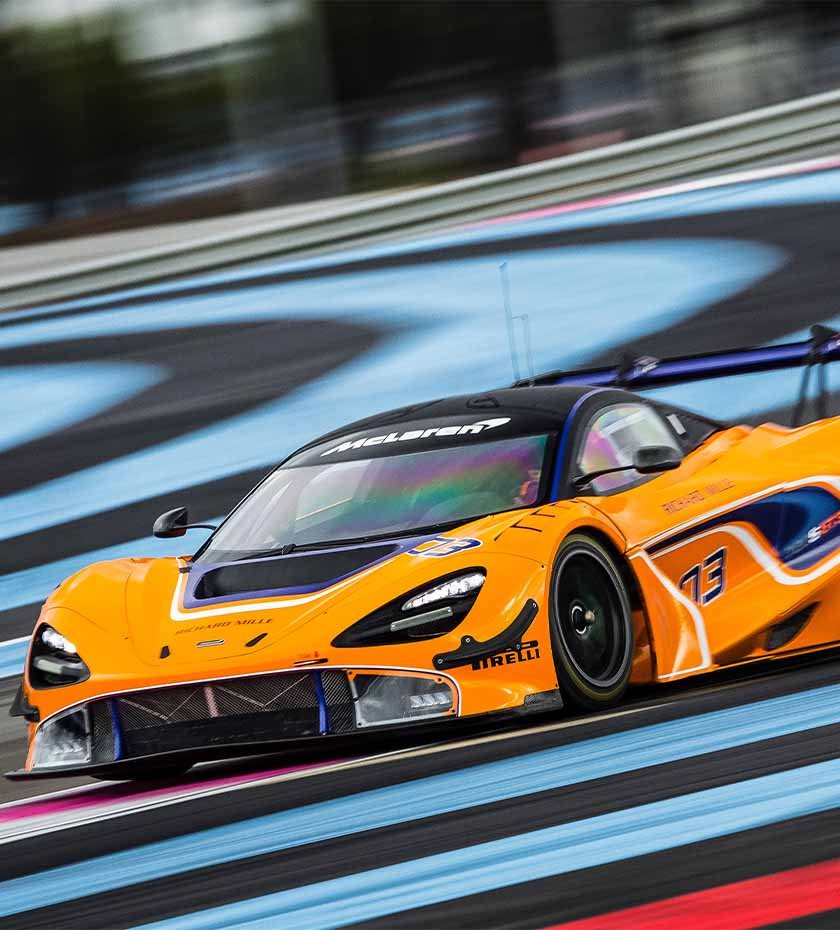
The 618 horsepower that the V12 McLaren F1 unleashed on competitors was practically a repeat of McLaren's podium success in Formula 1, but this time you didn't need to be a race car driver to take a ride in this beautiful thoroughbred machine. From 1992 to the year 2000, only 106 McLaren F1s were produced, each priced at 800,000 dollars—which at the time was equivalent to over 10 million kroner. In 2021, one was sold for 20.5 million dollars.
12 years after the last McLaren F1 rolled out of the factory, McLaren returned, this time as McLaren Automotive, a new and separate subsidiary of McLaren Group. They released the 12C, the first McLaren completely designed and built with McLaren parts.
The P1 model followed in 2013—a car that again pushed the boundaries of innovation. The P1 was one of the world's first hybrid supercars. This hybrid engine meant that the P1 produced a staggering 903 horsepower.
In 2014, McLaren was recognized as one of the giants in super and hypercar production. From 2014 to 2019, a series of new models were introduced, including the McLaren GT, which is an 'affordable' version for just four to five million kroner.
Climate challenges have brought renewed focus on innovation and sustainability. This has resulted in the McLaren Artura, an ultra-light and powerful car that can now run purely on electricity. This has placed McLaren in a leading position regarding hybrid technology—a technology that will undoubtedly be featured in all McLaren cars. So, the story of McLaren continues...